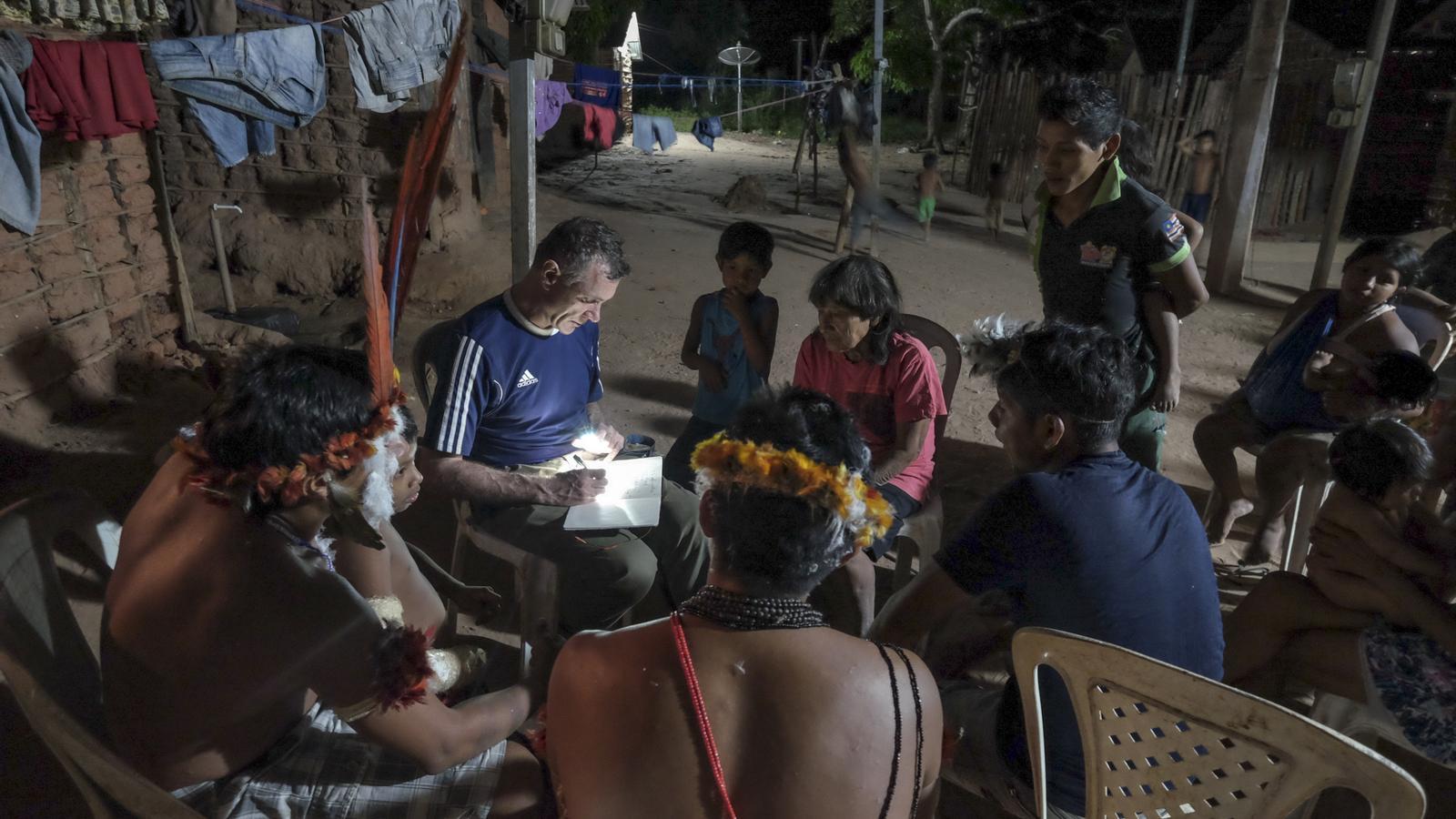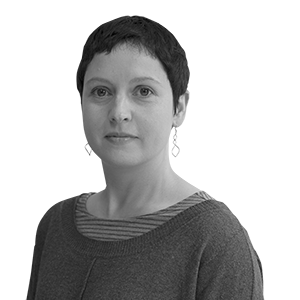He was killed in the Amazon, but they didn't silence him: friends and colleagues finish journalist Dom Philips' book
Phillips and Brazilian indigenist Bruno Pereira were murdered while investigating conflicts in the Javarí Valley Indigenous Territory.


Barcelona"As soon as we heard Dom was dead, there was no doubt in our minds that we would finish his book." Jonathan Watts, Amazonian environmental correspondent for the The Guardian, He remembers his colleague and friend Dom Phillips, who was killed three years ago on a jungle expedition while researching his book. How to save the AmazonOn June 5, 2022, Phillips disappeared while traveling with Brazilian indigenist Bruno Pereira along the Itaguaí River through the Javarín Valley, one of the largest indigenous areas in Brazil. Police began searching for him, and a campaign led by the journalist's wife, friends, and colleagues added pressure, but it wasn't until June 12 that they finally succeeded. the confession of the guilty parties, which would lead to the location of the bodies of the two men.
They had been killed the same day they disappeared. But they had not succeeded in silencing them. Three years after those deaths, the book has been able to be published Thanks to the efforts of his friends and colleagues, in a project coordinated by Watts and four other journalists with contributions from some 500 donors, which have allowed it to be published in English and Portuguese. Phillips had left three and a half written chapters, and a pile of notes and interviews. Eight writers, journalists, and experts have written the remaining eight chapters, starting with Brazilian journalist specializing in the Amazon, Eliane Brum, who picks up the pen where Phillips left it and writes the fifth chapter, closing with the indigenous leader Beto Morubo, from the Javarí Valley, author of the final chapter. "The last word had to go to someone from the jungle, an indigenous person," explains Jon Watts in the ARA.
The photograph of two wooden crosses, one with the name Dom Phillips and the other with that of Bruno Pereira, nailed to the spot where they were murdered on June 5, 2022, separates the pages written by the journalist and those completed by his colleagues. But the last photo of Dom is another one, one taken that same day at 7 a.m. It was taken by Bruno Pereira and shows the journalist interviewing a fisherman carrying a child in his arms. The police believe it was this man who betrayed them, and that after that interview, he reported the presence of the two investigators in the area. "The image is a comfort," Watts writes in the introduction to the posthumous book, "because it confirms that Dom was doing what gave him the most satisfaction until the last minutes of his life: He's there, listening intently, caught in the moment, trying to understand an important and complex conflict, asking questions of those who know him best." The conflict was between fishermen fishing illegally in the protected area as Indigenous peoples and the people of the Javari Valley.
And it was those illegal fishermen who killed him. The real target was Bruno Pereira, an indigenist hated for his tireless fight on behalf of Indigenous peoples, and Dom's murder was simply intended to eliminate an inconvenient witness. A witness who, until just a few minutes before, had been trying to understand his point of view. "He always spoke to both sides. The day before, he had spoken to the Indigenous people, and today he was speaking to the invaders. He wanted to have all sides of the story because he knew it was a complicated issue," Watts explains.The Amazon That's how it is. Sometimes it seems like there must be good and bad: farmer (landowner farmer) rich and white versus the poor indigenous, that's the cliché. But the reality is much more confusing. Sometimes, people who start on one side move to the other. Sometimes, there are people who want to protect the forest, but maybe their uncle is sick and they need money fast, and so they cut down a tree or switch sides." Indigenous left them without that source of income "and the government didn't give them any compensation," explains Watts. Now, however, this illegal fishing has allied itself with organized crime and violence. were taking Dom and Bruno.
"There are two detainees, but almost the entire town helped move the bodies"
"It was very painful to visit those places and imagine what Dom went through, how that hostile boat with armed men had chased them, in a race they couldn't win," says Watts, who visited the Javari Valley to write chapter 10 of his friend's book. The two killers—arrested and still awaiting trial—explained that they had shot Pereira three times and then shot Phillips in the chest, who raised his hands and screamed. No!
"There are two people in custody, but almost the entire village helped move the bodies. That night, some of the villagers were celebrating Bruno's murder, the police told me," Watts recounts. But the killers didn't count on the huge media attention the murders garnered. "Unfortunately, most of the attention was because Dom was a foreign journalist. In the Amazon, dozens of people are killed to defend the rainforest and their villages, and most cases aren't made public," Watts admits. He also acknowledges that all this backlash, despite having achieved legal proceedings, hasn't improved the situation in the Javari Valley. The conflict remains entrenched. "Perhaps the message that has remained is that if you kill a journalist, other journalists will make sure the story gets out anyway," he notes.
Watts assures that they have tried to be as faithful to Phillips's original idea as they could. The title was also the one he had chosen. How to save the Amazon, but Watts highlights the subtitle that Phillips himself gave it: Ask who knowsThat is, "to the indigenous people, to the farmers, to the fishermen, to everyone," he notes, creating a book aimed at providing solutions. "Each chapter is a solution," he argues, from government policies to ecotourism or indigenous self-defense processes, including international finance. "I would say this book is unique because it is very comprehensive and written in a very accessible way, like travel literature," he summarizes. Watts makes no secret of his desire to translate it into more languages, "perhaps Catalan?"
